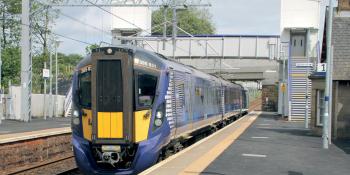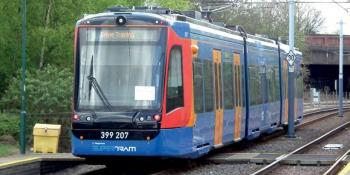NETWORK RAIL’S plan for establishing a reliable sleeper supply chain for the 2020s is in disarray after Sandwell Council Planning Committee unanimously rejected its application for planning permission for a concrete sleeper factory at Bescot in the West Midlands in December. Close proximity of residential streets was one of the main concerns.
Under British Rail’s policy of replacing traditional jointed track with continuous welded rail, two sleeper factories supplied much of the country: one at Tallington, beside the East Coast main line, and the other at Washwood Heath in the West Midlands. Network Rail had intended to replicate this geographical spread with two state-of-the-art new facilities.
Tallington was replaced a few years ago by a new factory in Doncaster. At Doncaster the land and building are owned by NR, with the manufacturing equipment owned by the Trackwork Moll joint venture. This factory is a reliable performer, but it is on a cramped site and cannot be enlarged. It was designed to manufacture 400,000 sleepers each year and cannot exceed this rate, other than for short periods.
The site at Tallington is still operational because owner Tarmac formed a joint venture with the German manufacturer Max Boegl and the factory is manufacturing tunnel segments for the Thames Tideway project.
The JV hopes to win further tunnel segment contracts. The ‘general’ concrete products team, which still retained sleeper manufacturing expertise, has been disbanded, so a return to sleeper manufacturing here is unlikely.
A protracted tender process for the Bescot site eventually led to a contract award to RailOne of Germany, but this was subject to NR obtaining planning permission. Now this has been denied NR will continue to be reliant on the Cemex factory at Washwood Heath, but this is in the path of HS2 and is likely to close before long.
NR has been building stockpiles of new sleepers at Carlisle Kingmoor and Tyne Yard to cover the period between the Washwood Heath factory closing and any new factory becoming operational, but feeding sleepers from the stockpiles into work sites will not be as efficient as coming direct from a factory.




